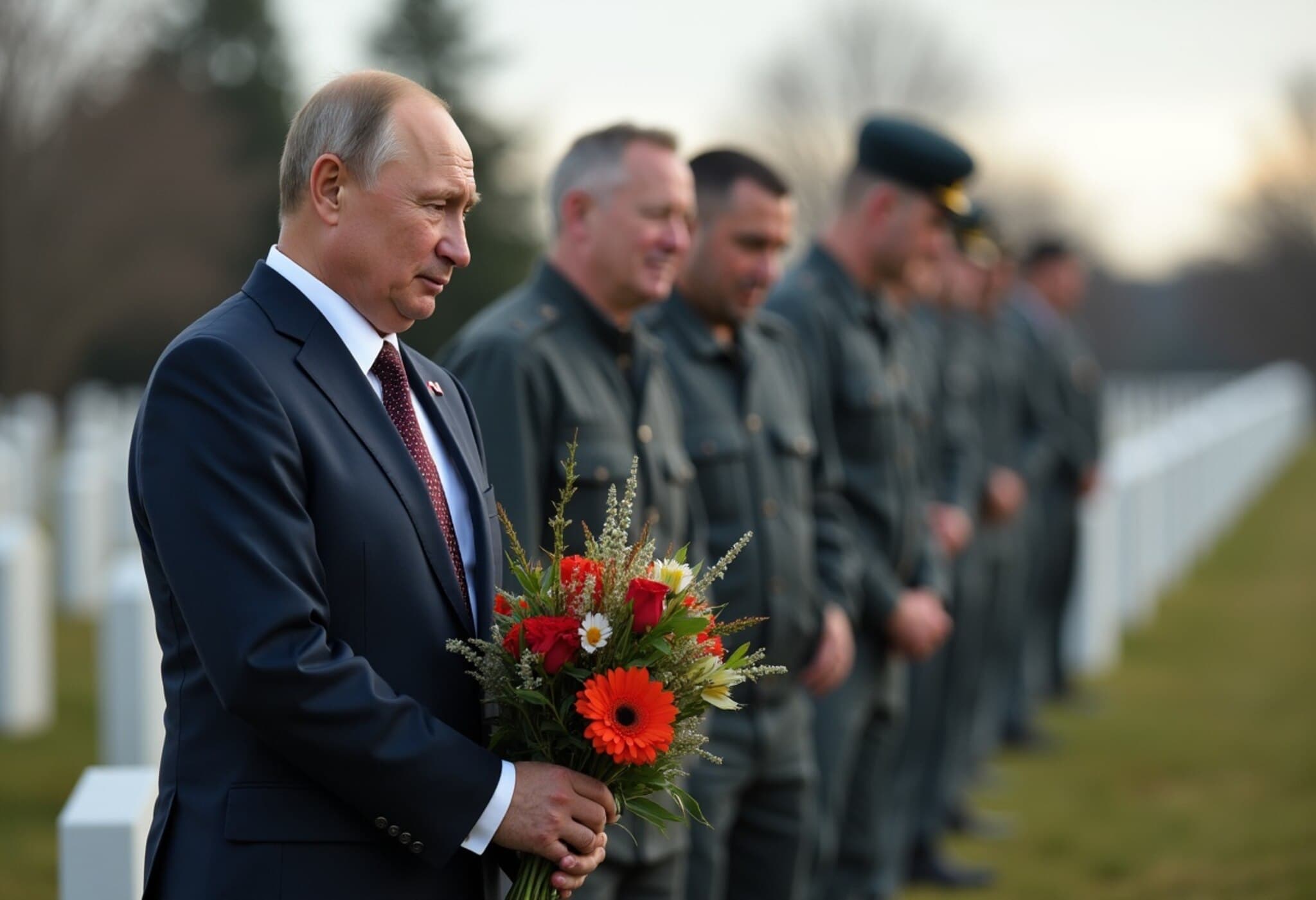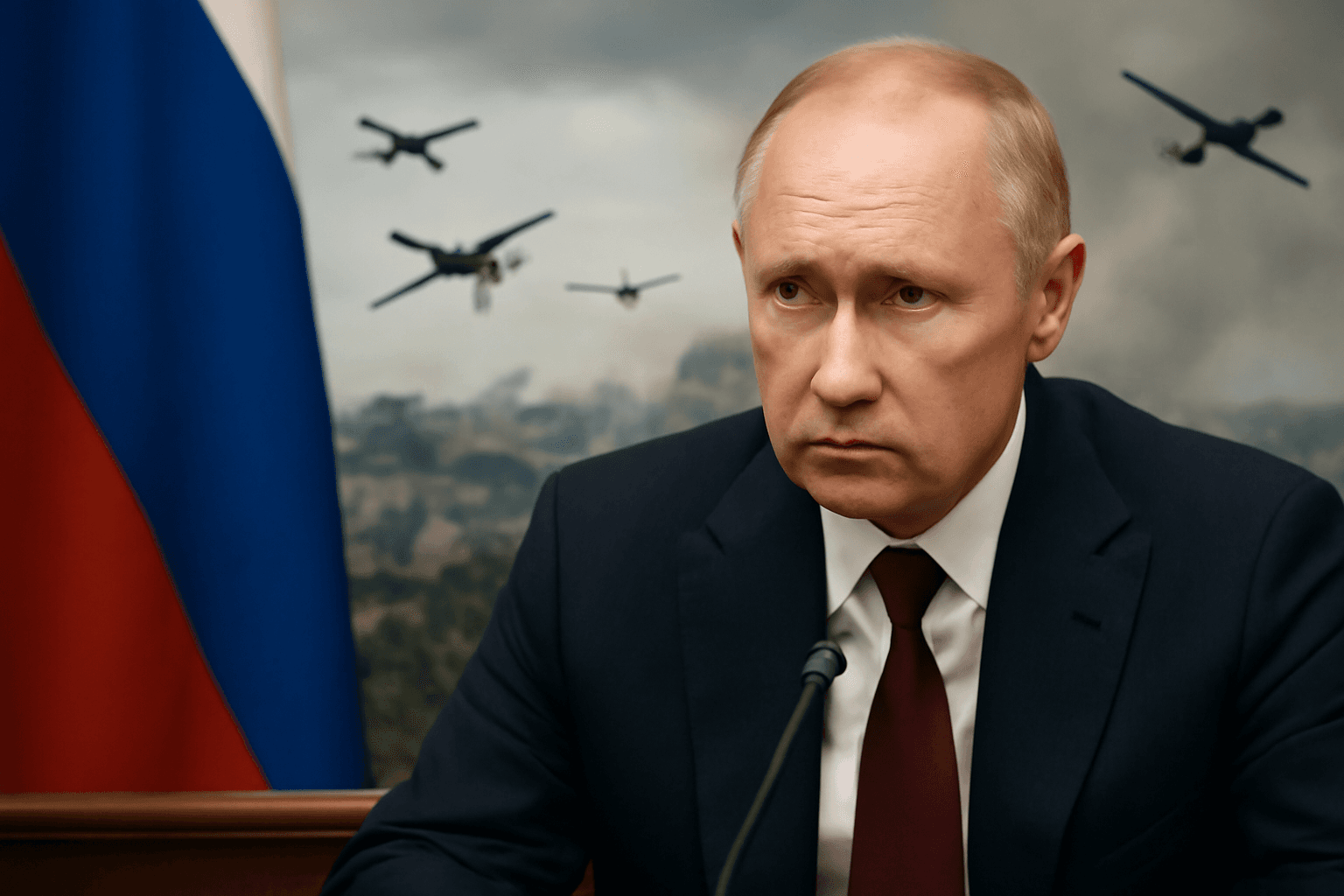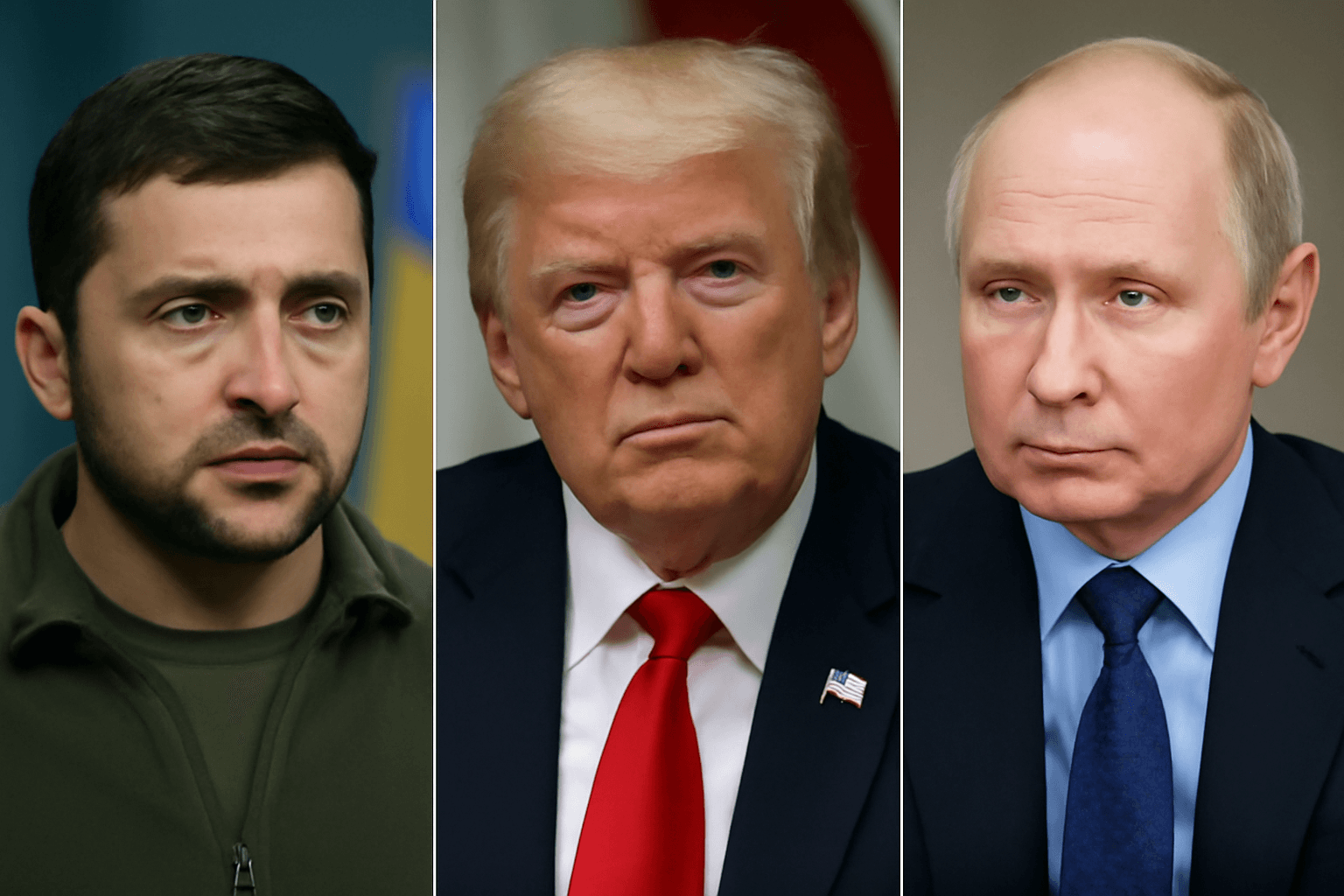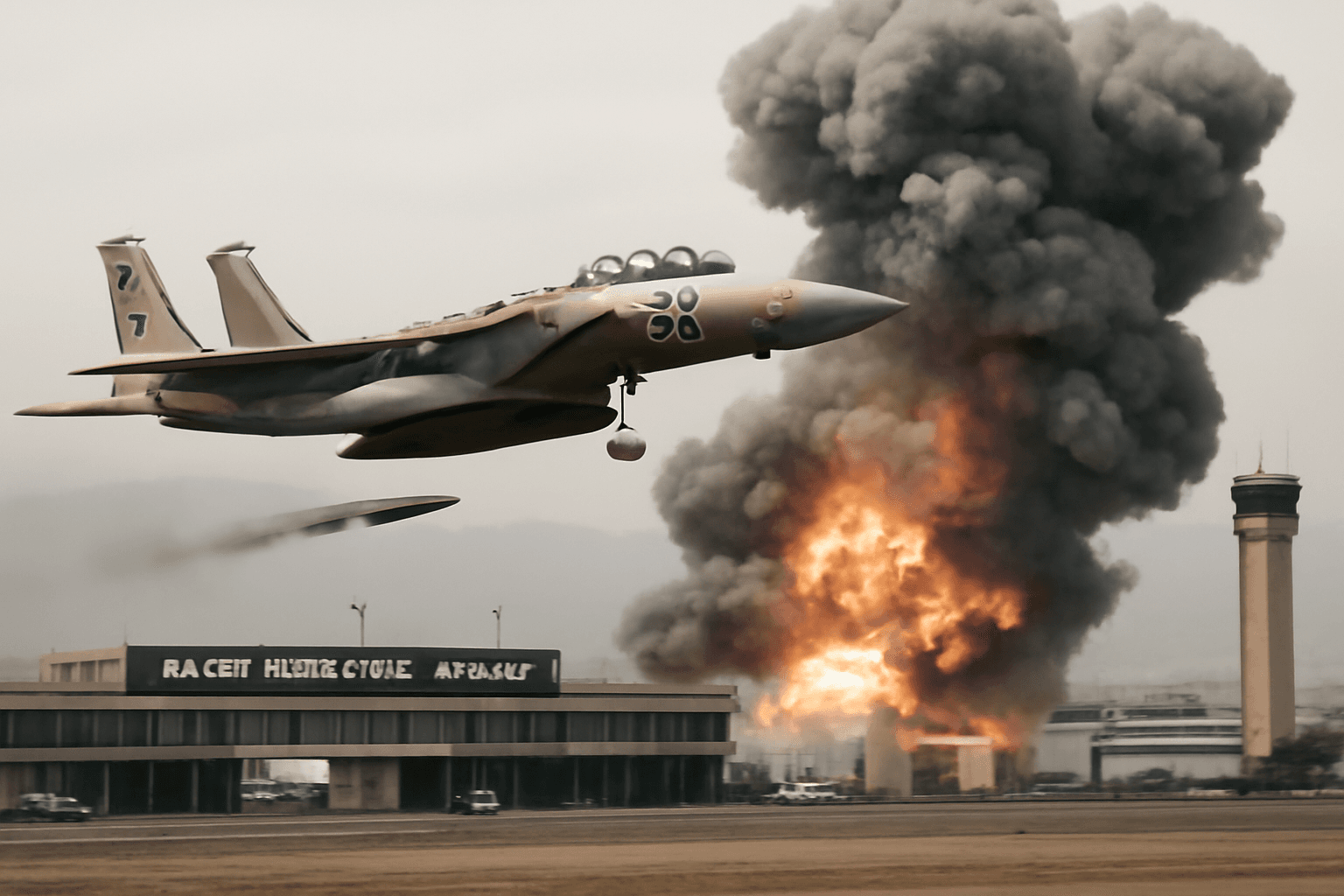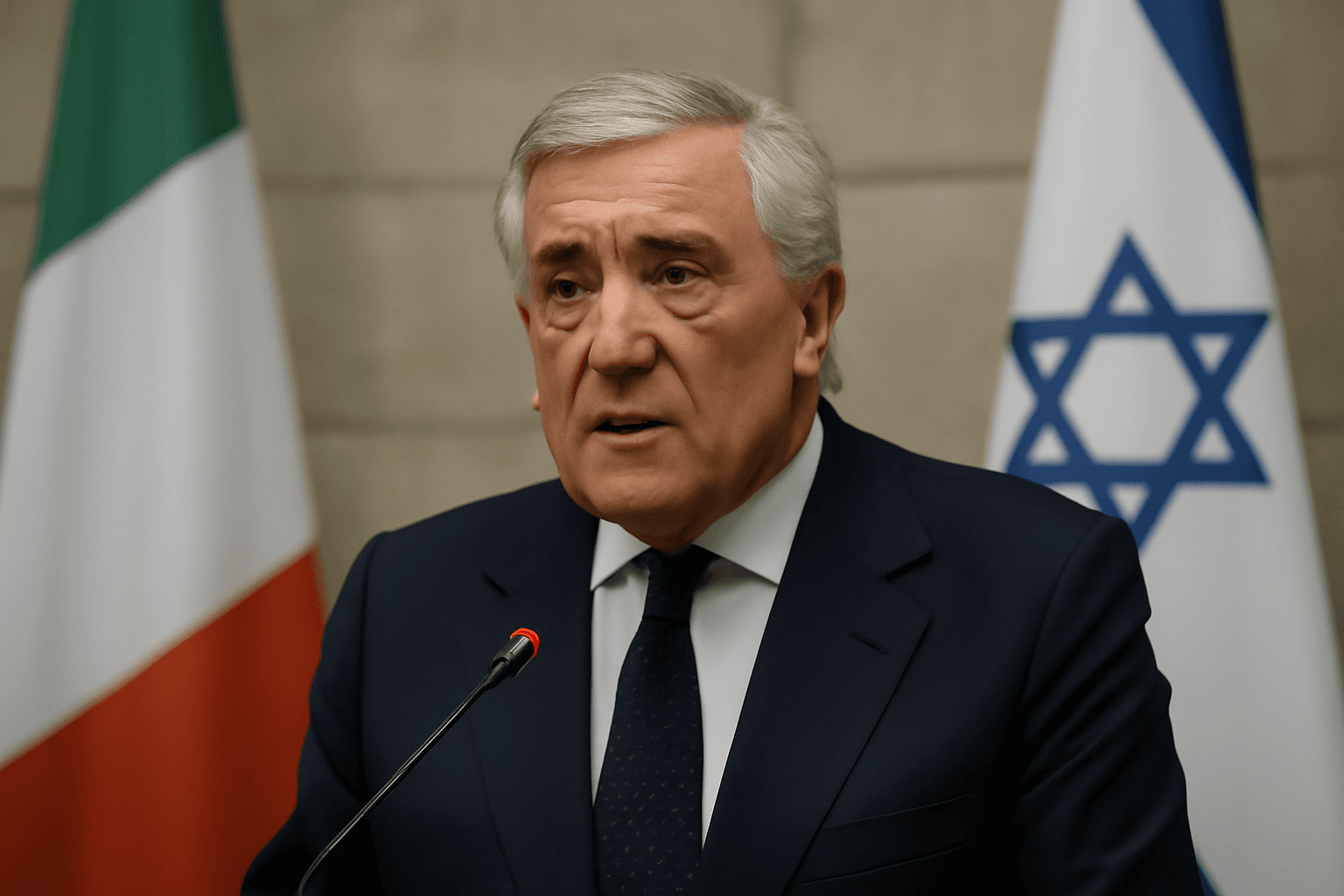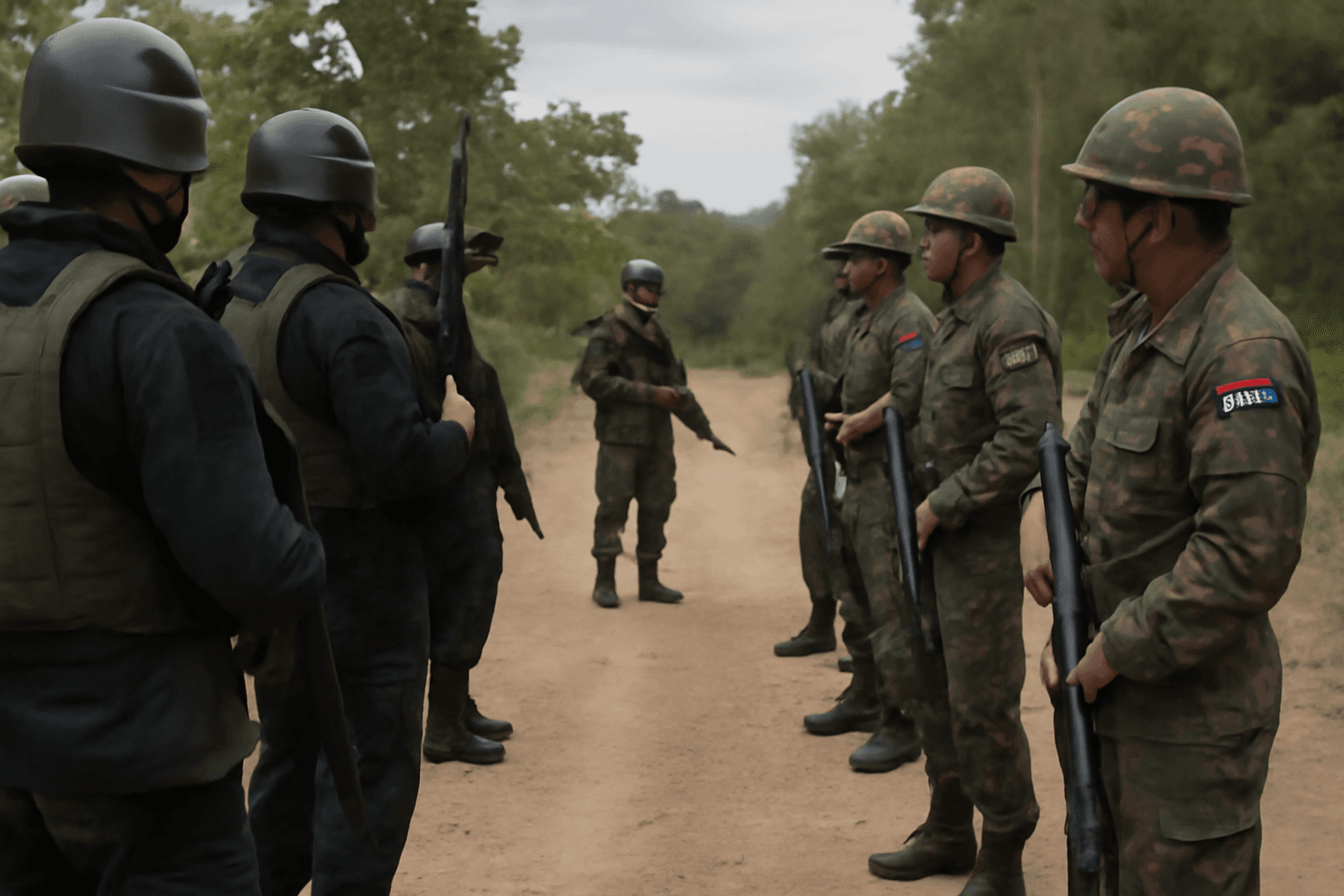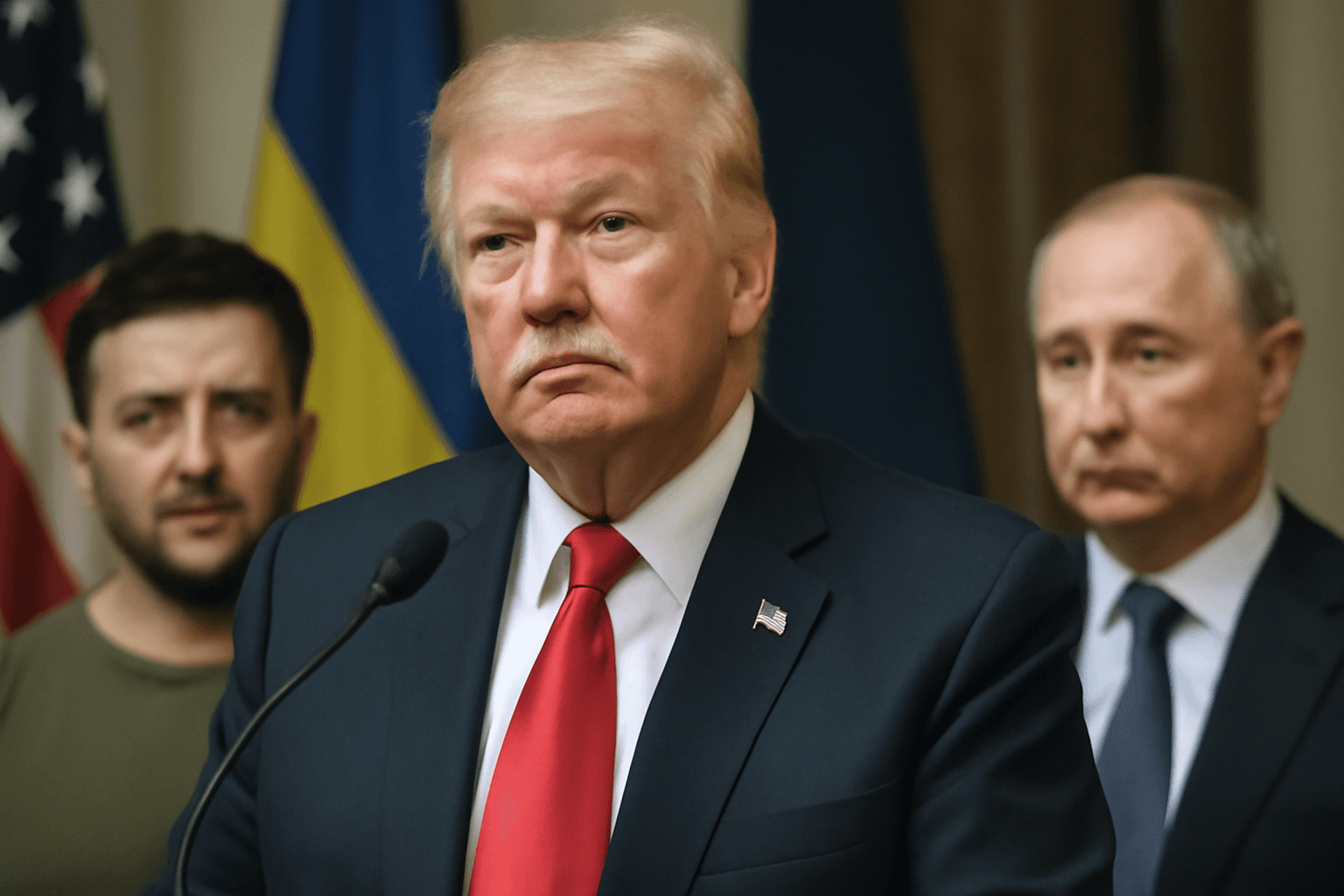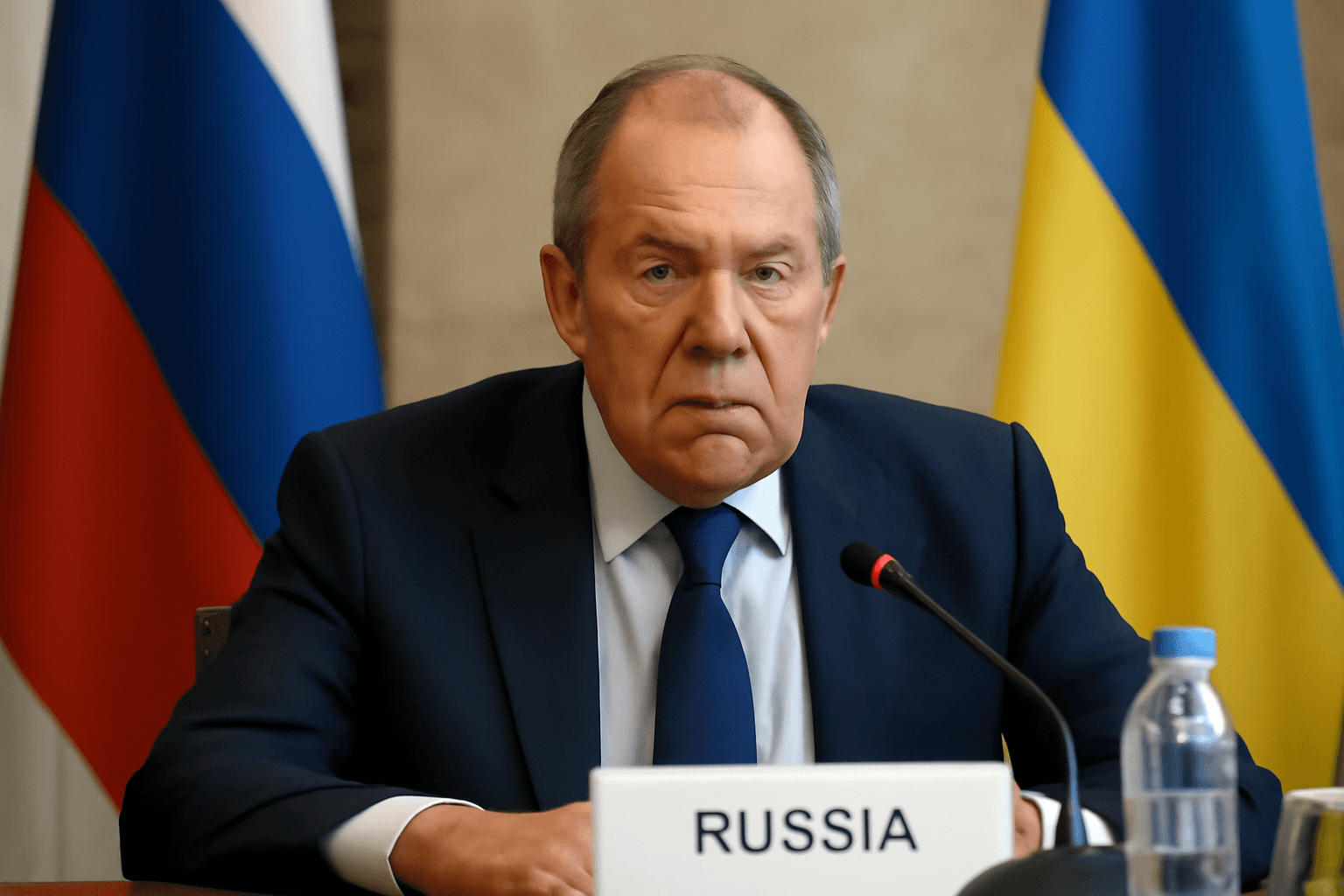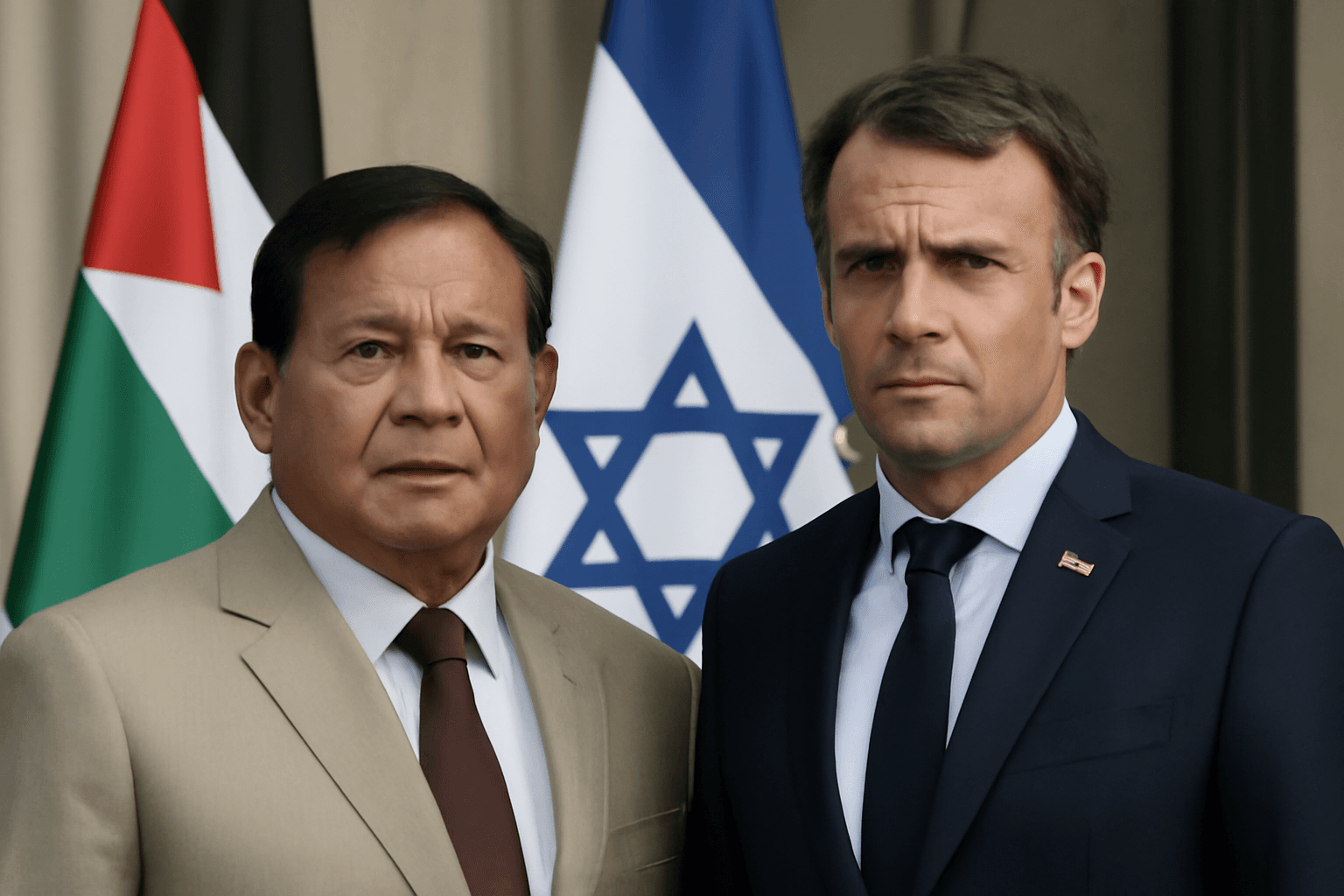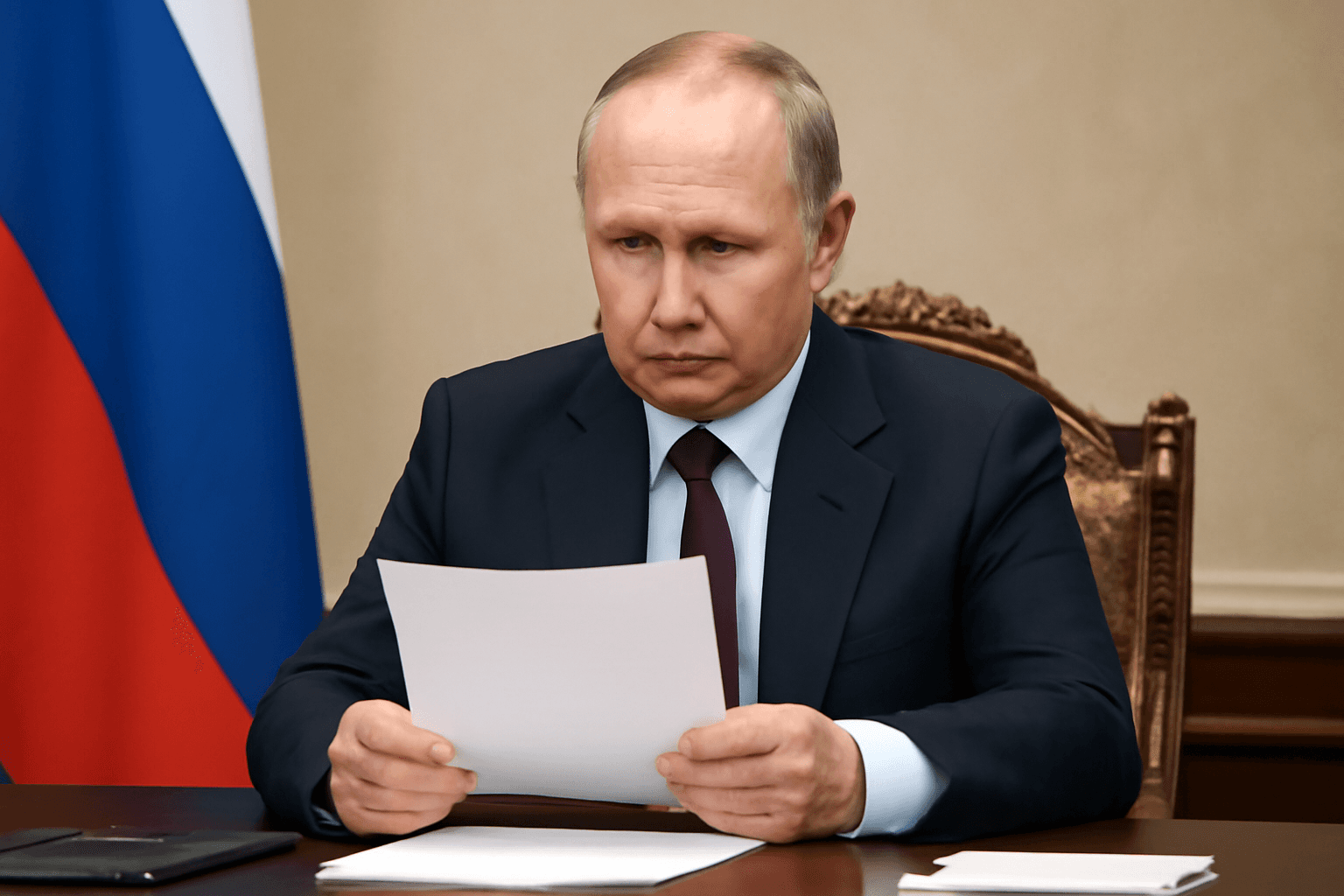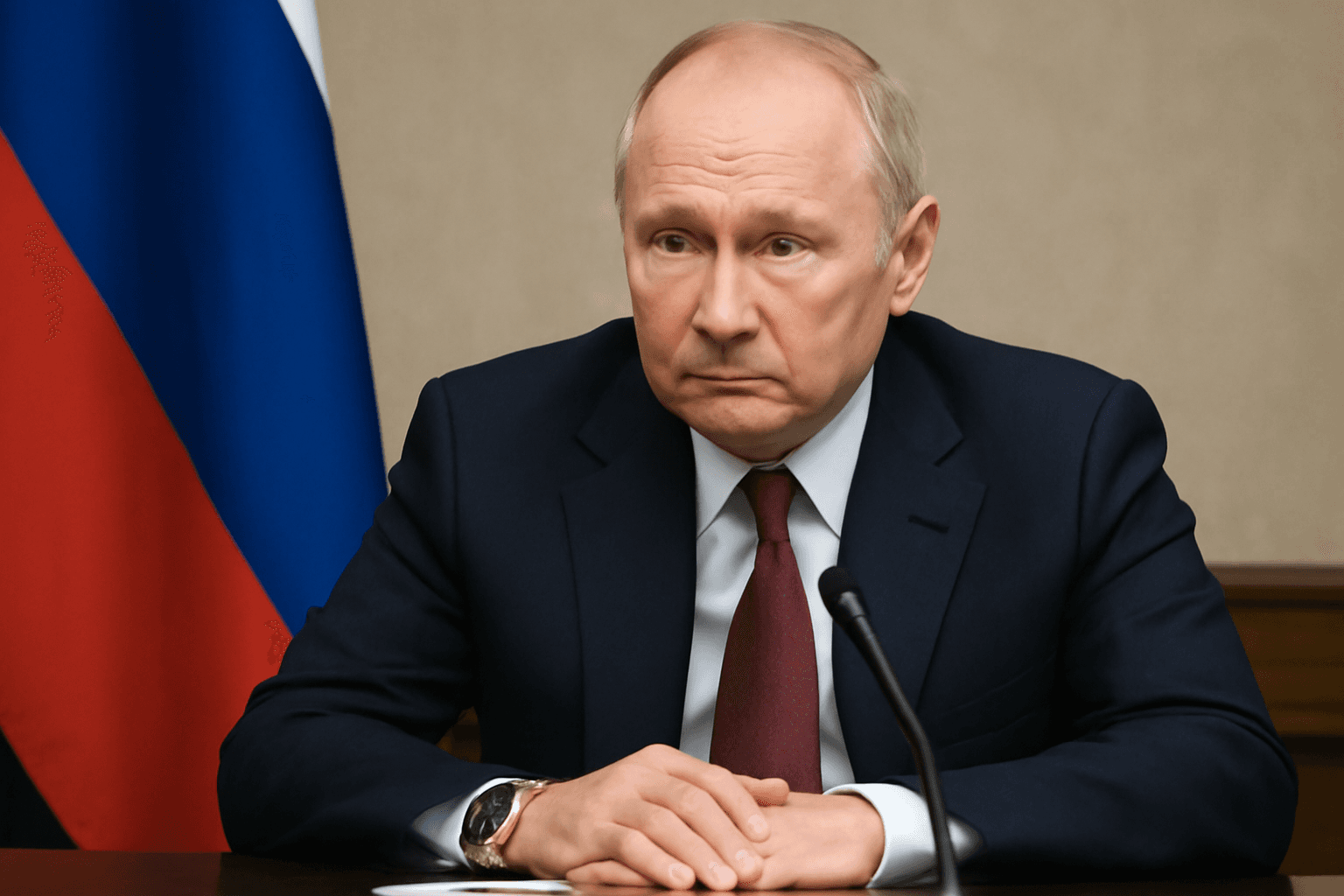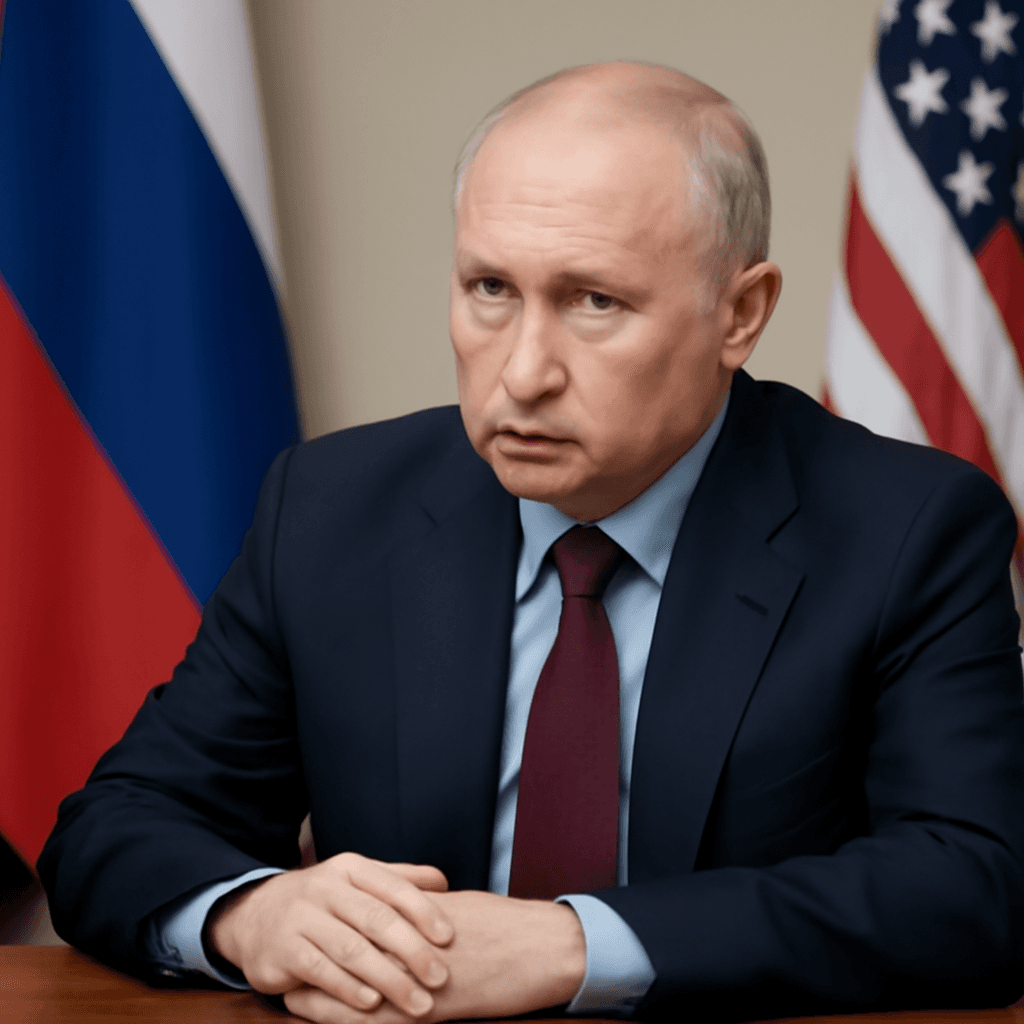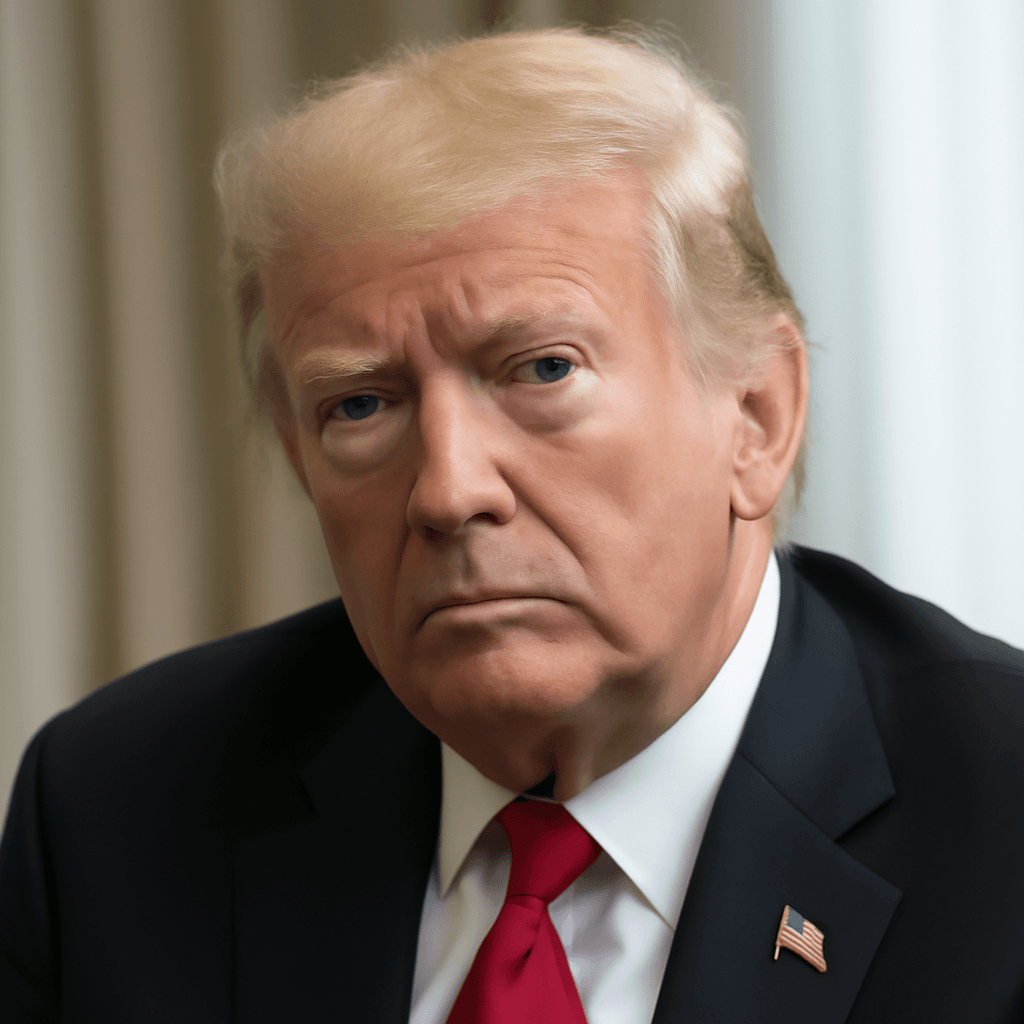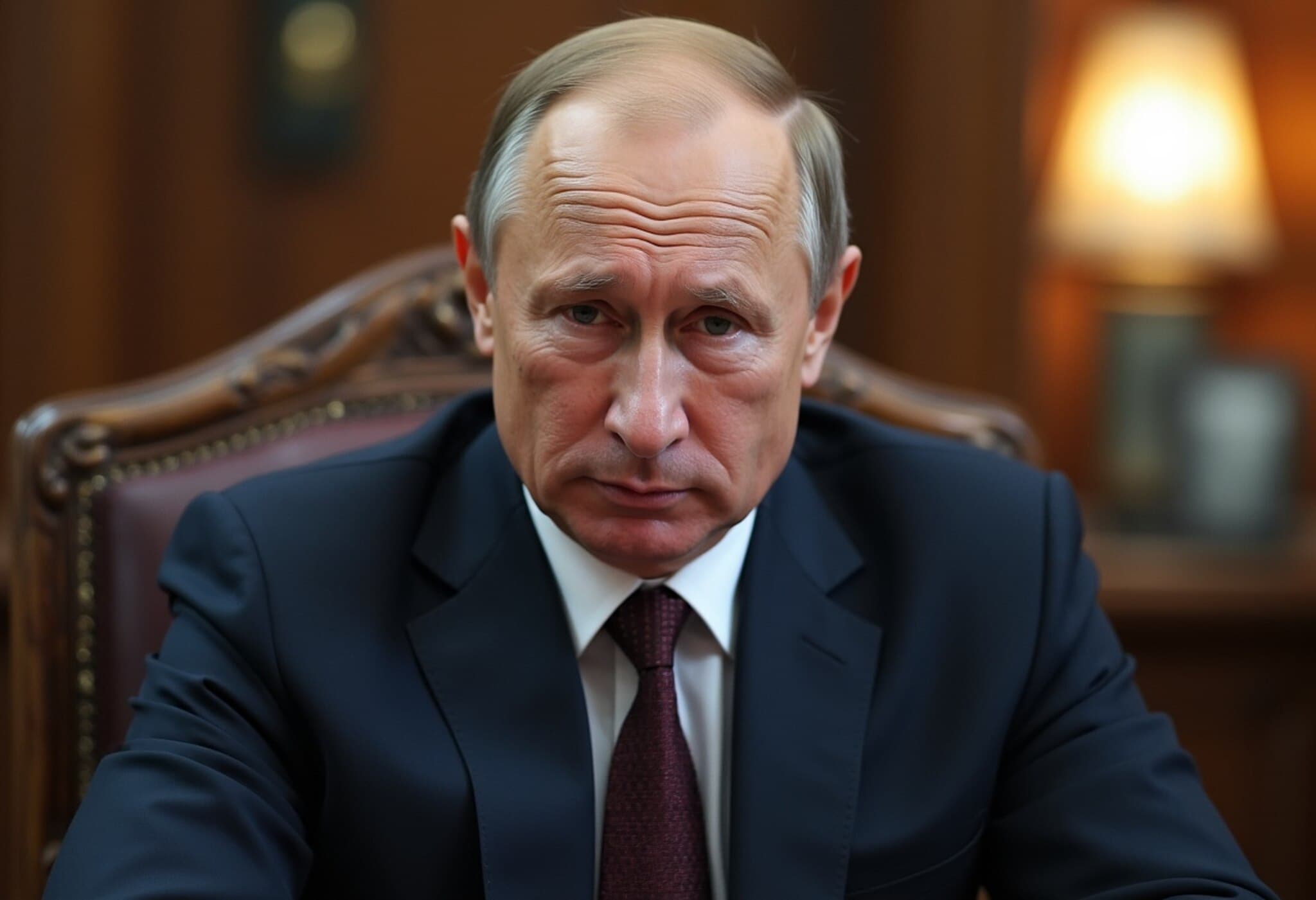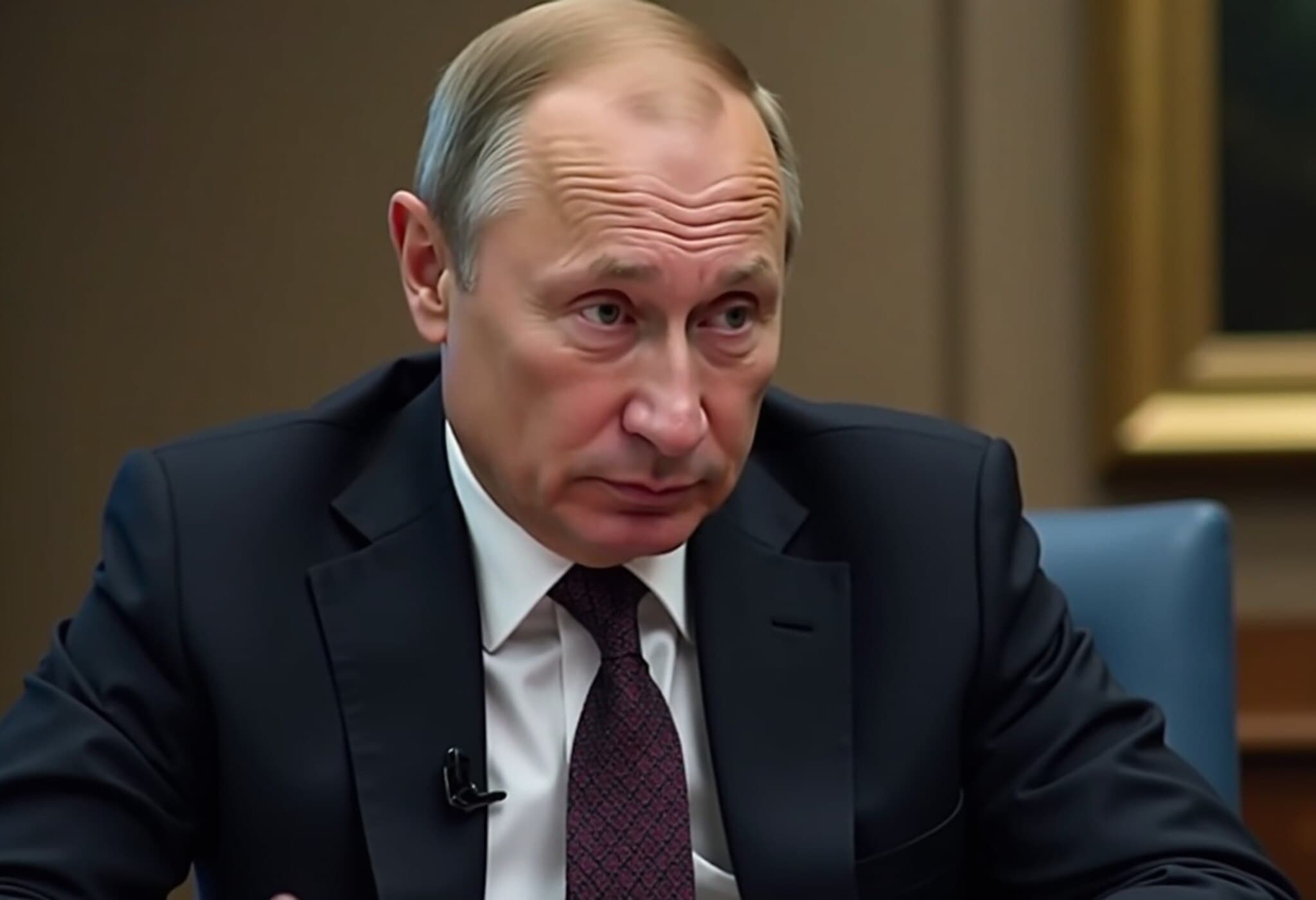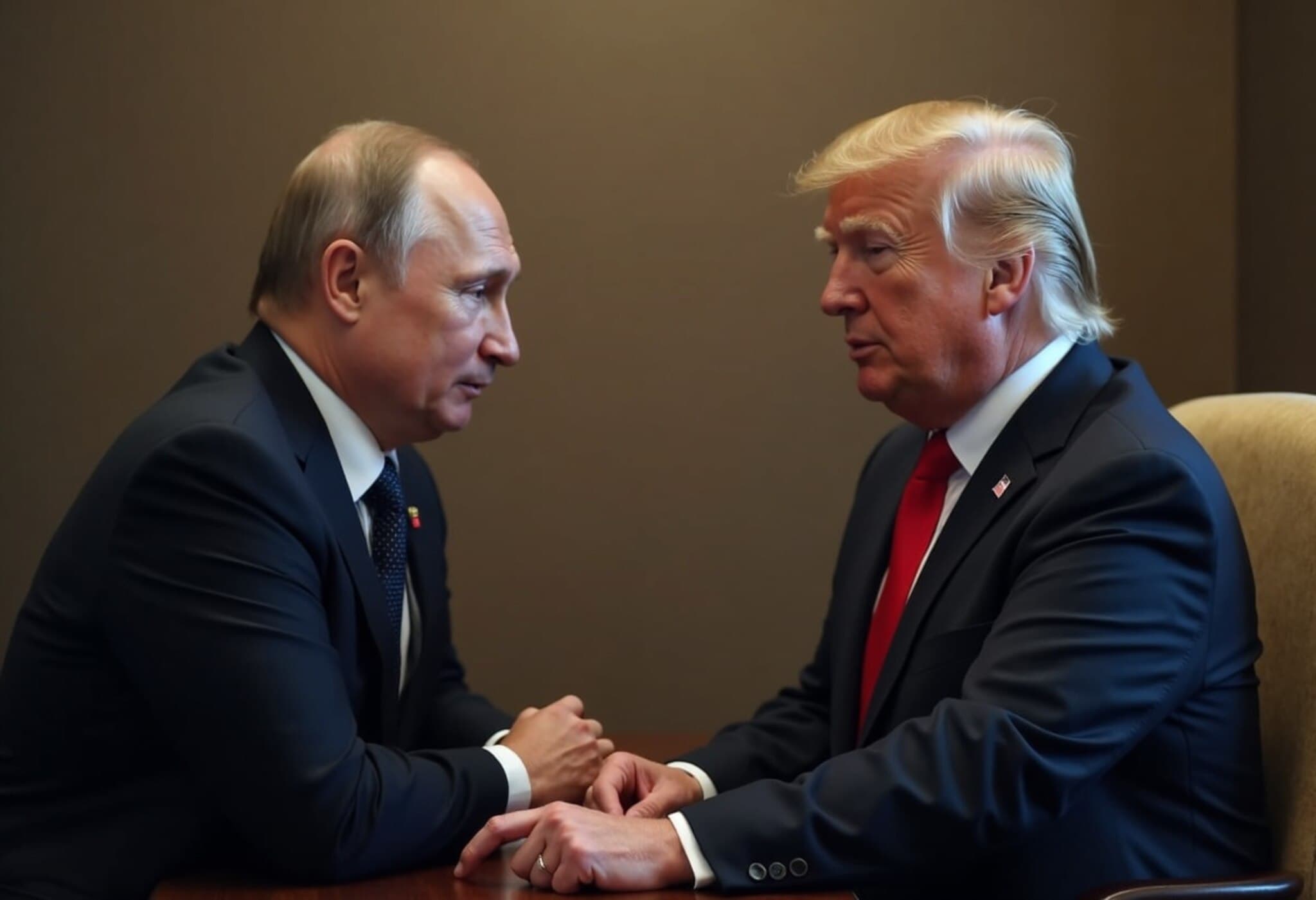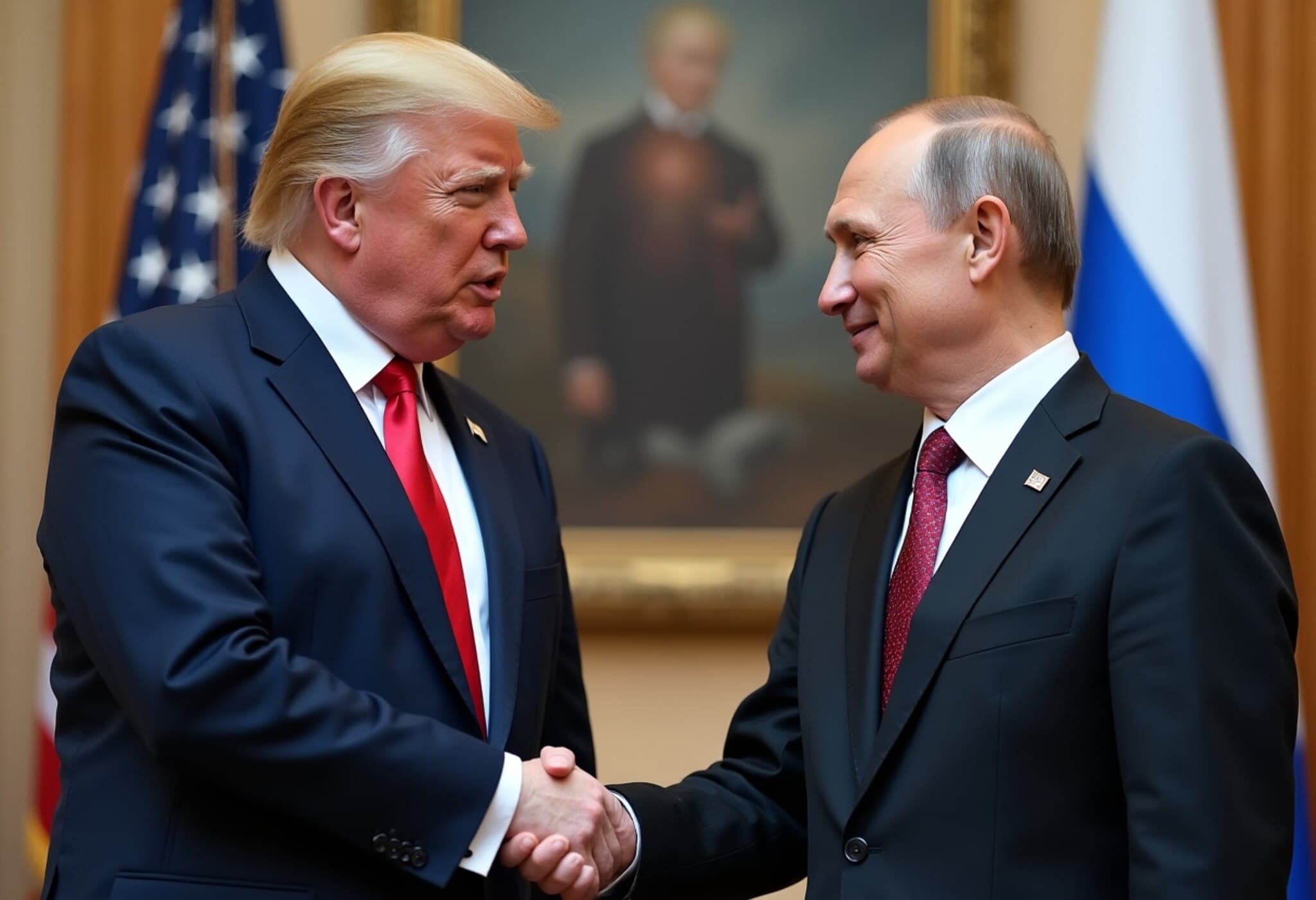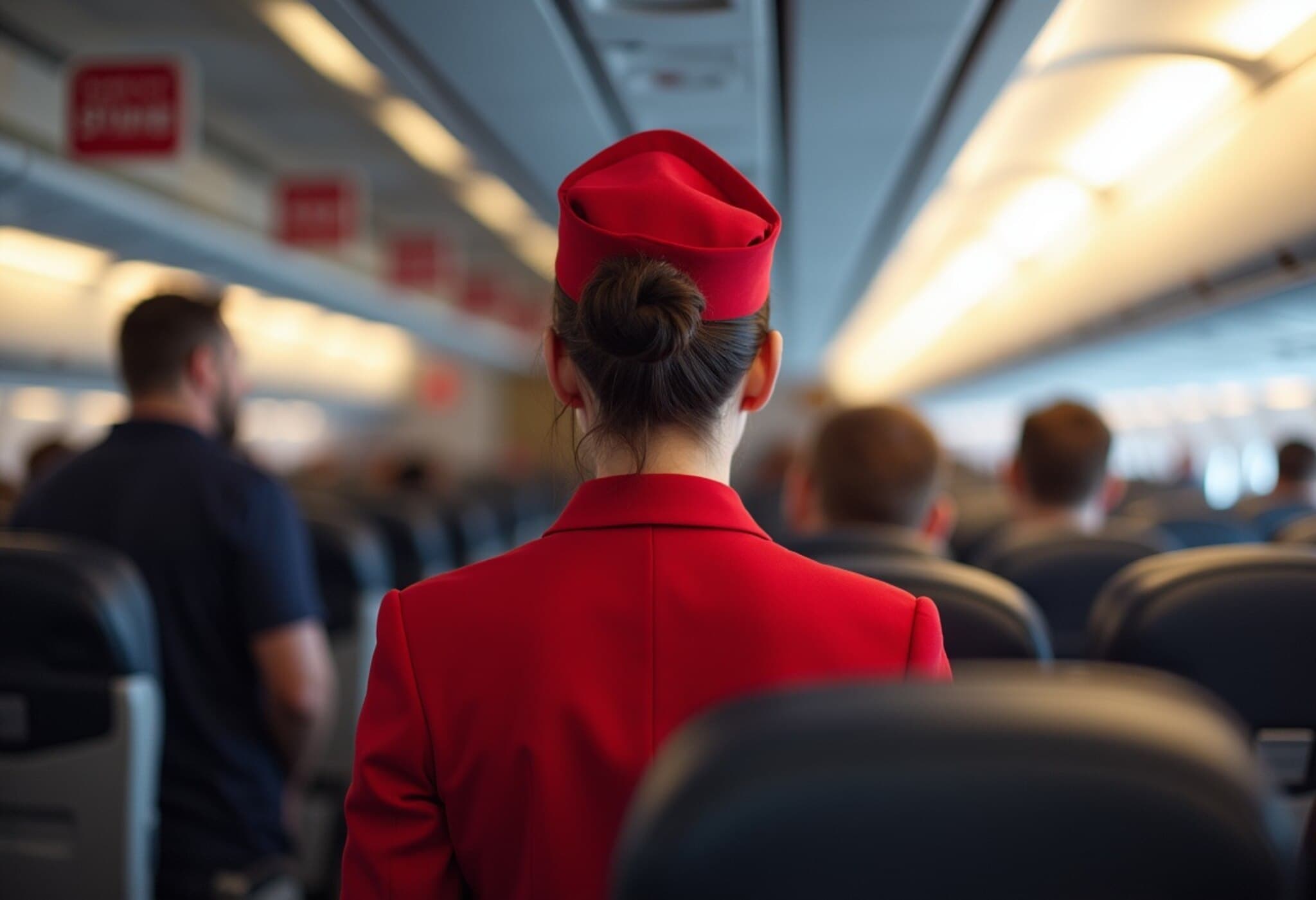Putin Pays Tribute to Soviet Pilots Buried in Alaska After Trump Meeting
In a poignant gesture following his summit with U.S. President Donald Trump, Russian President Vladimir Putin laid flowers at the graves of Soviet pilots resting at Fort Richardson National Cemetery in Alaska. This solemn visit occurred near Anchorage at a dedicated section commemorating Soviet airmen who perished in Alaska during World War II.
The Historical Significance Behind the Soviet Pilots’ Burial in Alaska
While the alliance between the United States and the Soviet Union against Nazi Germany during World War II is widely known, the story of these Soviet pilots buried in American soil remains lesser-known. Under the Lend-Lease Programme, the U.S. supplied Moscow with nearly 8,000 aircraft, which were crucial to the Eastern Front.
Between 1942 and 1945, Soviet pilots underwent training alongside American crews in Fairbanks, Alaska, preparing to ferry planes across the treacherous Bering Strait to Siberia. This route, often referred to as the “Alaska-Siberia air road,” was a vital lifeline, but fraught with danger due to extreme weather and challenging terrain. Tragically, several pilots lost their lives in accidents or due to brutal Arctic conditions.
From War-Time Tragedy to a Lasting Memorial
- Initially, the fallen pilots were buried in various Alaska locations such as Fairbanks and Nome.
- In 1946, the U.S. administration of the Alaska National Cemetery ordered their remains to be reinterred at Fort Richardson.
- For decades, the site remained largely unrecognized in Russian archives, reflecting a historical gap in shared remembrance.
It was not until 1990 that a Soviet delegation from the Committee of War Veterans formally acknowledged the cemetery’s significance, reinforcing a transnational respect for these fallen heroes. Later, in 2011, then-Russian President Dmitry Medvedev honored Virginia Walker, the cemetery’s director, for preserving the graves with bilingual inscriptions, a testament to enduring memory and collaboration.
Diplomatic Symbolism Amid Geopolitical Challenges
President Putin’s visit to Fort Richardson followed an intensive nearly three-hour summit with President Trump at Joint Base Elmendorf-Richardson. It underscored a layered moment where historical remembrance intersects with contemporary diplomatic efforts, especially given ongoing tensions in regions like Ukraine.
Kremlin spokesman Dmitry Peskov noted that the flower-laying was pre-scheduled, signaling a deliberate act of respect and shared history. The ceremony also serves as a subtle reminder of the complex American-Russian relationship—one marked by cooperation in past global conflicts yet rife with current geopolitical challenges.
Expert Insights: Bridging Past and Present in U.S.-Russia Relations
From a policy analyst perspective, Putin’s tribute to Soviet WWII pilots buried in Alaska symbolizes an attempt to reconnect on historically shared values amid strained relations. The Alaska-Siberia air route exemplified not just military logistics but a rare period of profound U.S.-Soviet cooperation. Remembering these pilots could foster a narrative that transcends contemporary disputes, inviting dialogue founded on mutual sacrifice and respect.
Moreover, this ceremony raises critical questions: How can acknowledging historical alliances influence current diplomacy? Could such acts of remembrance pave the way for de-escalation and renewed engagement between adversarial states? The symbolic weight of honoring fallen soldiers may resonate with broader public opinion, potentially opening new channels for constructive dialogue.
Conclusion: History's Quiet Witness in the Alaskan Snow
Fort Richardson National Cemetery stands as a profound testament to an alliance forged in the crucible of World War II, bearing silent witness to a shared struggle that few remember today. Putin’s visit rediscovered this forgotten chapter, reminding us that beneath political rhetoric lies a deeper human story of courage, sacrifice, and the enduring quest for peace.
Editor’s Note
This rare moment of homage underscores the importance of revisiting historical narratives to understand present-day international relations. As global tensions persist, acts of remembrance like Putin’s visit offer a unique lens to explore how shared past sacrifices might inspire future cooperation. Readers are encouraged to reflect on the power of collective memory in bridging divides and promoting diplomatic progress.

